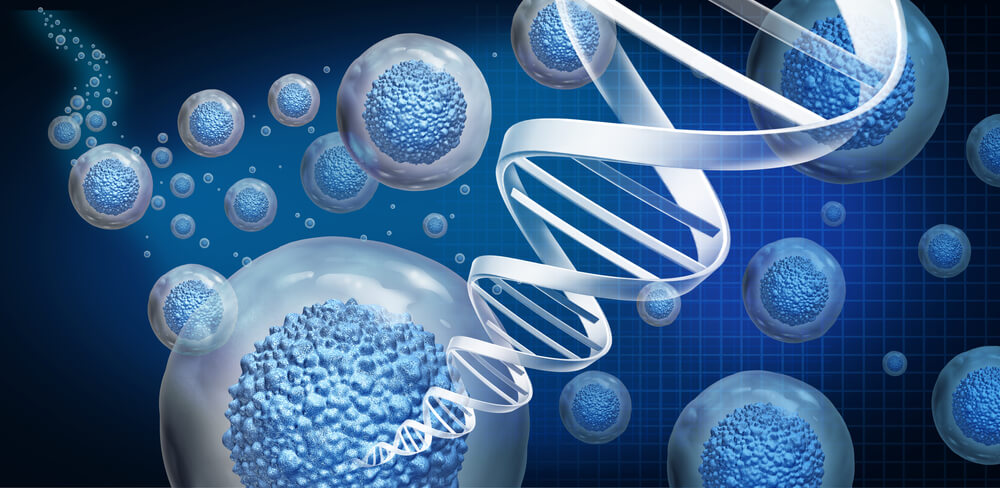
This opens up a world of therapeutic possibilities that were once the realm of science fiction. Clinical trials are actively investigating the use of cord blood-derived cells to treat brain injuries, such as cerebral palsy and hypoxic-ischemic encephalopathy in newborns. Early results show that these cells may help reduce inflammation and promote repair in damaged brain tissue, leading to improved motor function and cognitive outcomes. For Type 1 diabetes, where the immune system attacks insulin-producing beta cells, researchers are exploring whether cord blood cells can help modulate the immune response and potentially regenerate these vital cells, offering hope for a future cure. The potential extends to heart disease, stroke recovery, and spinal cord injuries, positioning cord blood as a key player in the next generation of medical treatments.
The Advantage of Reduced Complications
A critical factor driving the use of cord blood over other stem cell sources, like bone marrow, is its associated lower risk of complications, primarily Graft-versus-Host Disease (GvHD). GvHD occurs when the donor's immune cells, contained within the transplant, recognize the recipient's body as foreign and attack it. This can be a severe and even fatal complication.
Cord blood stem cells are immunologically "naive" or immature. They have not yet been fully educated to recognize foreign invaders, making them less likely to mount a aggressive attack against the recipient's tissues. This inherent characteristic allows for a greater degree of HLA (human leukocyte antigen) mismatch between donor and recipient. Finding a perfect bone marrow match can be a long and difficult process, especially for patients from diverse ethnic backgrounds. Cord blood dramatically expands the pool of potential donors, saving crucial time for patients who cannot find a matched adult donor. Furthermore, the collection of cord blood is a safe, simple, and painless procedure that poses no risk to the mother or the newborn, unlike the invasive process of bone marrow donation.
Evolving Applications in Genetic Disease Treatment
Cord blood is not only a tool for transplantation but also a vehicle for advanced genetic therapies. For many genetic disorders, such as Severe Combined Immunodeficiency (SCID, or "bubble boy" disease) and certain metabolic storage diseases, the genetic defect is present within the hematopoietic system. In these cases, a cord blood transplant from a healthy, matched sibling donor has long been a standard treatment. The healthy donor cells engraft and provide a lifelong supply of correctly functioning cells, effectively curing the genetic condition.
The future, however, points towards even more sophisticated approaches. With the advent of gene editing technologies like CRISPR-Cas9, a new paradigm is emerging. It is now possible to collect a child's own cord blood, genetically modify the stem cells in a laboratory to correct the specific mutation causing their disease, and then reinfuse these corrected cells. This autologous transplant eliminates the risk of GvHD entirely and represents the ultimate form of personalized medicine. Clinical trials using this method are already underway for diseases like sickle cell anemia, demonstrating the synergistic power of cord blood banking and genetic engineering.
Conclusion: An Indispensable and Evolving Resource
The importance of cord blood in modern medicine continues to increase as advancements in technology and our understanding of its biological properties expand. It has evolved from a niche treatment for blood cancers to a versatile tool with applications across oncology, immunology, and regenerative medicine. Preserving cord blood is more than just a medical procedure; it is the preservation of a unique biological resource that can save lives, treat a myriad of diseases, and unlock future medical breakthroughs that we are only beginning to imagine. As research progresses, the once-discarded umbilical cord is proving to be a lifeline to health, solidifying its indispensable role in the past, present, and future of medical science.